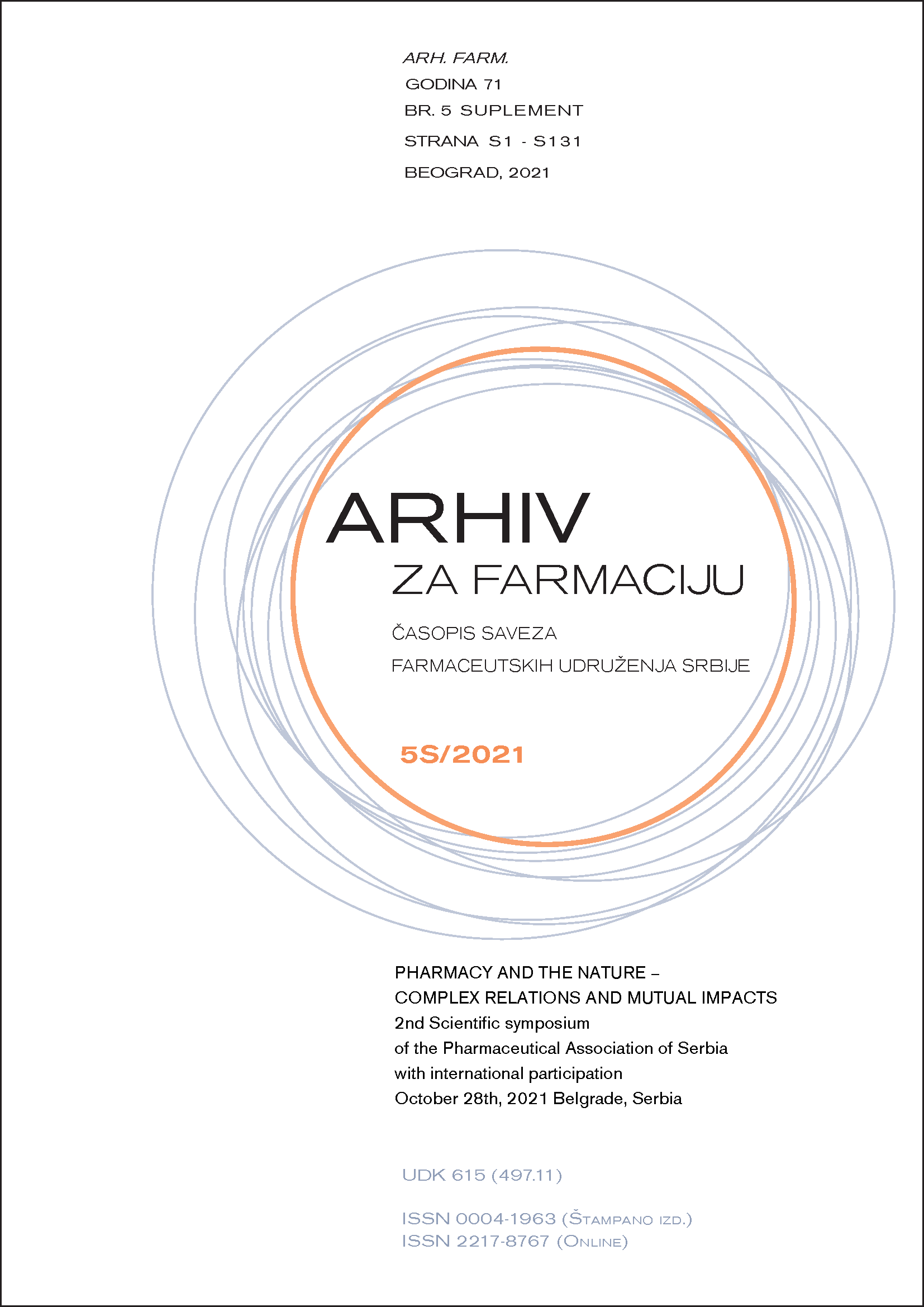CLIMATE CHANGE AS A CHALLENGE IN MALARIA DRUG DISCOVERY
Abstract
Malaria, a disease which affects millions of people worldwide, is a parasitic infection caused by protozoans of the Plasmodium genus. Five species are known to cause human malaria, including P. falciparum, P. vivax, P. malariae, P. ovale, and P. knowlesi. The vectors responsible for the transmission of this disease are female mosquitoes of the Anopheles genus. Malaria is the greatest health problem facing developing countries, with the highest morbidity and mortality rates in Africa and Southeast Asia. Moreover, due to climate change and mass human migration, autochthonous cases of malaria are increasingly appearing sporadically (Corsica, Italy, Spain) or even as local epidemics (Greece), in countries or regions in which the disease was considered eradicated. Plasmodium parasites are developing resistance to nearly all conventional antimalarials, Anopheles vectors are becoming resistant to insecticides, and no vaccine exists to date. Given the current situation, there is an urgent need for new antimalarial compounds. Synthetic quinoline derivatives hold the most promise, with 4- aminoquinolines being the most suitable for chemical modifications. Here we report on the antimalarial efficacy of ten novel benzothiophene, thiophene and benzene aminoquinolines. In vitro efficacy was evaluated by a lactate dehydrogenase assay in cultures of a chloroquine (CQ)-sensitive P. falciparum strain 3D7 and CQ-resistant (CQR) P. falciparum strain Dd2. Nine of the ten compounds had a lower 50% inhibitory concentration than CQ against the CQR strain. Five compounds, available for in vivo evaluation, were nontoxic in preliminary experiments. Those compounds were evaluated in C57BL/6 mice infected with P. berghei ANKA strain using a modified Thompson test. All five compounds administered at a dose of 160 mg/kg/day for 3 days prolonged the survival of treated compared with untreated mice. Untreated control mice died by Day 7 with a mean parasitaemia of 15%. Among treated mice, a dichotomous outcome was observed, with a two-third majority of treated mice dying by Day 17 with a low mean parasitaemia of 5%, whereas one-third survived longer with a mean hyperparasitaemia of 70%; specifically, five of these mice survived a mean of 25 days, whilst two even survived past Day 31. The significant antimalarial potential of this aminoquinoline series is illustrated by its excellent in vitro activity against the CQR P. falciparum strain and significant in vivo activity. Most importantly, compounds ClAQ7, ClAQ9 and ClAQ11 were able to confer resistance to cerebral malaria and afford a switch to hyperparasitaemia to mice prone to the neurological syndrome.

